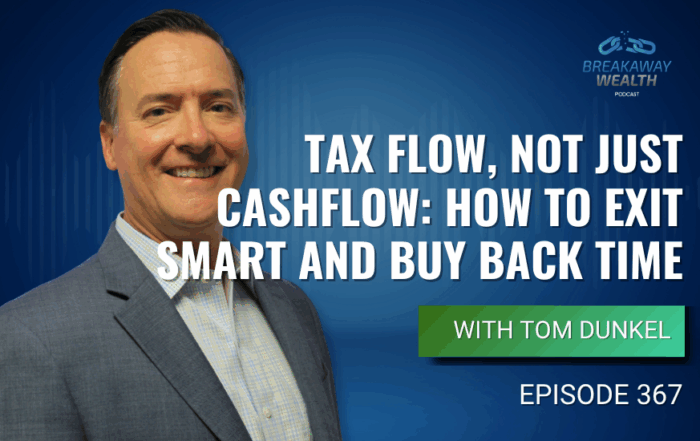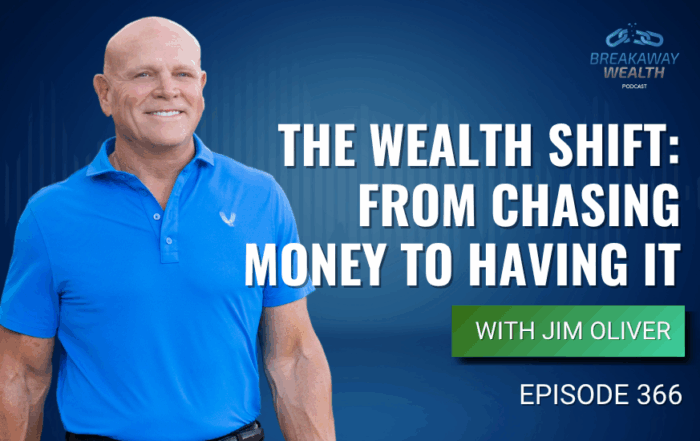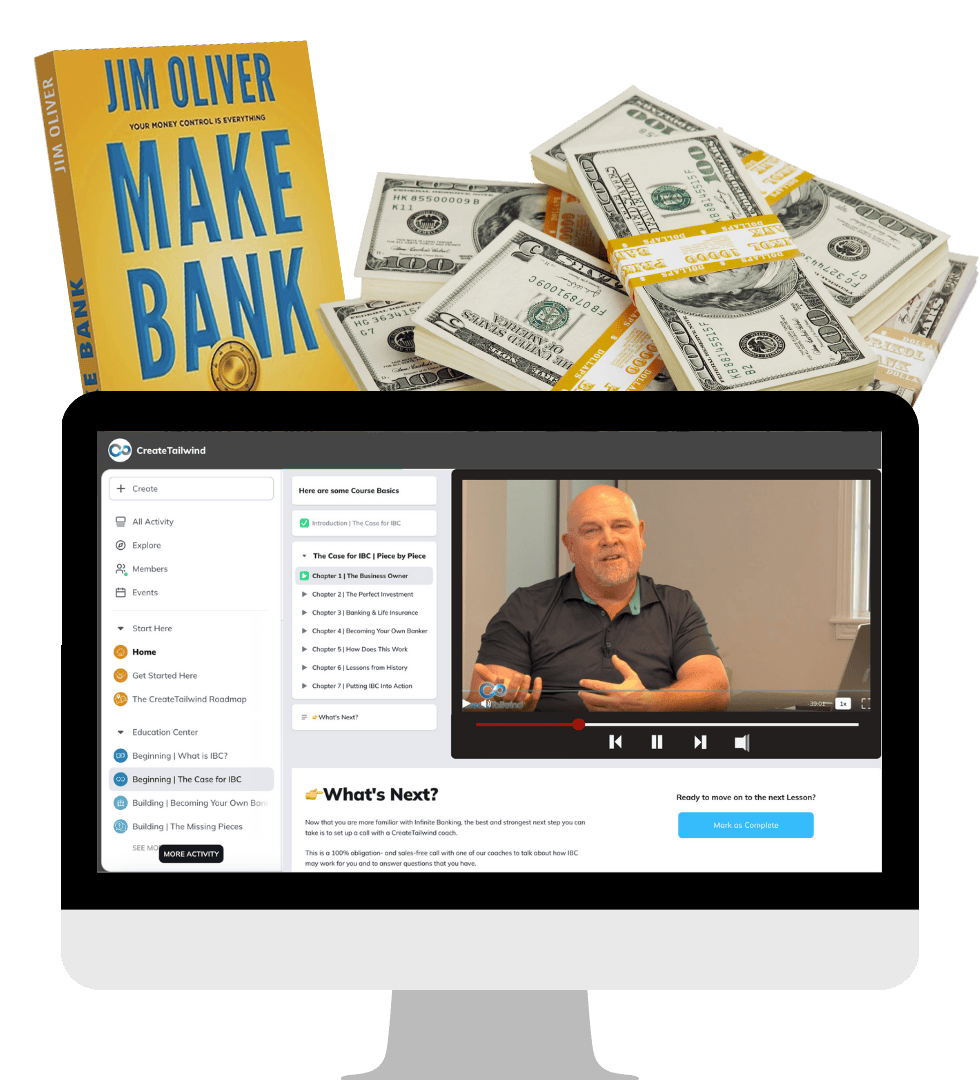Understanding the distinction between passive and active strategies—and how they can be tailored beyond traditional stock markets—is important for building financial freedom beyond the standard Wall Street options. At CreateTailwind, we advocate for a nuanced approach that incorporates the benefits of both passive and active strategies to meet your unique financial goals and leverage opportunities in alternative markets like real estate, commodities, and private equity.
Understanding Passive and Active Investing
Passive Investing is synonymous with a set-and-forget strategy. Beyond stock market and Wall Street options, investors could consider REITs or ETFs that focus on sectors like real estate or commodities, offering benefits such as regular income through dividends and diversification outside of the volatile stock market.
Active Investing demands a more hands-on approach where investments are managed with the aim to outperform the market. This could involve directly investing in real estate projects, such as purchasing rental properties or engaging in house flipping, where the potential for high returns accompanies higher risks and requires more intensive management.
Historically, passive strategies have shown to consistently outperform active management over long periods. For example, data from a 50-year performance analysis revealed that only a small percentage of active funds manage to outperform their passive counterparts over extended periods.
Real-World Examples and Performance Analysis
REITs: As passive investments, real estate investment trusts (REITs) have provided an average annual return of about 12% over the past several decades, appealing for those seeking stable, passive income. These trusts pool investor money to purchase properties and the dividends are typically stable, offering a hedge against the volatility seen in stock markets.
For example, an investor – let’s call her Sarah – placed $100,000 into a REIT index fund 10 years ago. Assuming the average return is 9% (historical average for U.S. REITs), then Sarah’s portfolio value after 10 years would be $236,700 – assuming she reinvests all dividends for compounding. That’s a $136,700 gain! Not bad for a woman investing money passively while she puts her efforts elsewhere.
The upsides of this approach are that it’s fully passive, is highly liquid and has low fees (usually < 0.2%). The downsides are that you have limited control over what your money is invested in and your returns are market driven. As well, keep in mind that the dividend income is taxable.
House Flipping: On the other hand, engaging actively in real estate, like house flipping, can yield bigger returns – if done wisely. Historical data show that well-managed properties in growing urban areas have seen annual returns ranging from 15-20%, accounting for both rental income and capital appreciation.
Let’s say that 10 years ago, Sarah put another $100,000 into a 4-plex rental property that she actively purchased and managed. The $100,000 was a 25% down payment on a $400,000 property secured in a 30-year fixed mortgage at 5.5%. Monthly rent per property was set at $1,200, which earned Sarah $57,600 in annual gross rental income. With a mortgage payment of $20,400/year, her net cash flow is $14,160. Over ten years, total return breaks down as the following:
Cash Flow: $141,600
Principal Paydown: $33,000
Appreciation Gain: $137,000
➡️ Total Return: $311,600
➡️ ROI on $100,000 investment: 311%
The upsides of this approach, aside from the obvious potential to make more money, includes the fact that it generates cash flow – which can be used at Sarah’s discretion – plus appreciation of the property. She also enjoys tax advantages and greater control over the strategy.
The downsides include the requirement for active management of the property – this is not a hands-off or passive approach – which means more time spent earning this money. By investing in real estate, Sarah also loses liquidity while also being subject to the market cycles inherent in real estate.
Cost/Benefit Analysis
In making the choice between passive and active you can consider:
- Fees and Expenses: Passive investments like REITs have lower management fees generally ranging from 0.5% to 1.5%, making them cost-efficient. Active investments in real estate involve higher costs, including property management, renovation, and transaction fees, but the potential for higher returns can justify these costs.
- Effort and Expertise: Passive investing requires less day-to-day management, making it ideal for those seeking exposure to real estate without the operational responsibilities. Active investing demands significant expertise and time but rewards investors with higher control and potential upside.
Deciding Which Strategy Fits You
Evaluate whether your investment goals are long-term growth or short-term gains. Passive strategies are often best suited for investors looking for steady growth, while active strategies may appeal to those seeking higher returns through more direct involvement in managing the investments.
Weigh the potential higher returns of active investments against the increased costs and risks. For example, actively managed funds’ fees can reduce the net gain from investments.
Many investors benefit from a hybrid approach, maintaining a core of passive investments for stability while allocating a portion of their portfolio to active investments for potential high returns.
At CreateTailwind, we stand by our belief of the importance of a personalized approach to investing that blends both passive and active elements, tailored to your unique financial goals. When used wisely, you can use IBC to invest in opportunities more readily, increase your financial freedom and build a diversified portfolio that not only grows wealth but also withstands economic fluctuations. Whether you’re investing in traditional markets or exploring alternative assets, the key is to stay informed, adaptable, and proactive in your financial journey.







